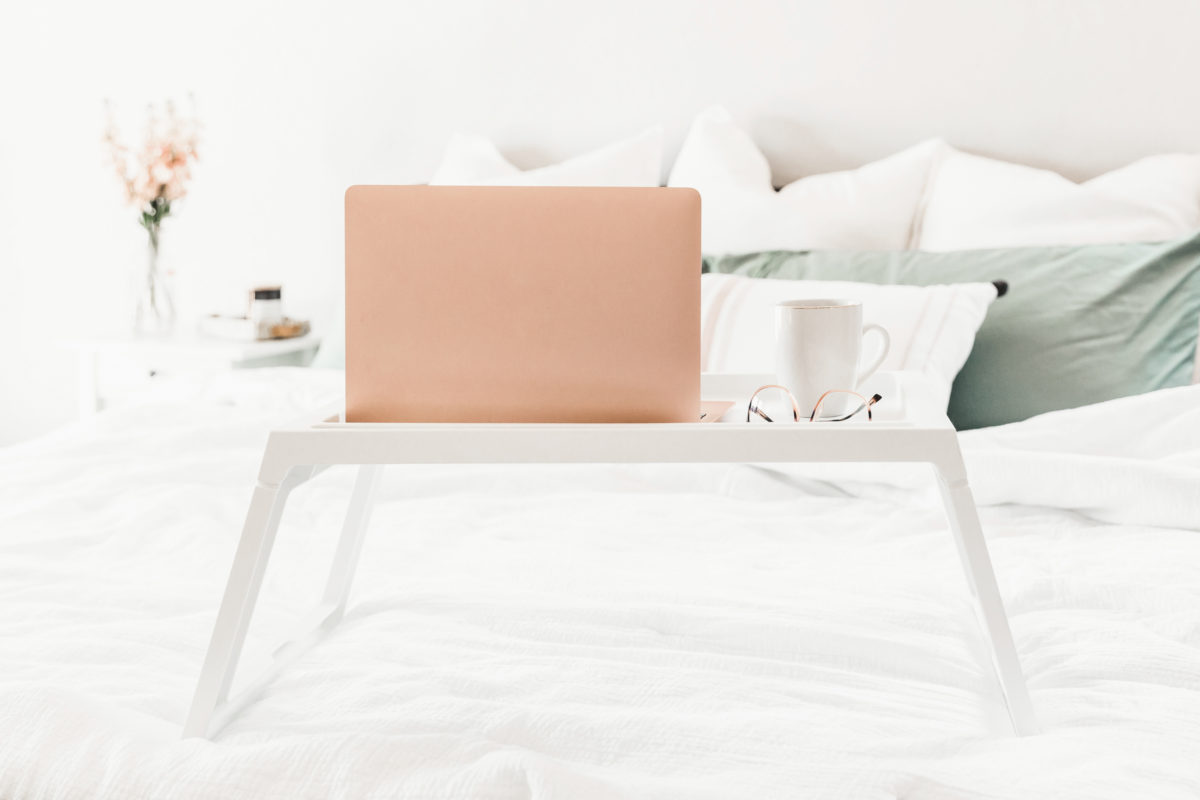When your home is also your office, it can be difficult to find the balance between work and rest. On one hand, it makes it hard to focus when you’re constantly surrounded by distractions. On the other hand, it can be tough to relax when you never truly leave your work behind. After all, how do you balance productivity and rest when you work from home?
Table of Contents
When you work in the office, you can easily delineate between work hours and free time. But when you work from home, the lines become blurred. It can be tempting to work all the time, but it’s important to have a healthy balance between work and leisure. Your place becomes an office, a meeting place, and a bedroom all in one.
That’s why it’s important to have some tips and tricks up your sleeve to make sure you can stay balanced and productive without burning yourself out. Here are a few ideas.
Tip #1 – Separate Your Space to Balance Productivity and Rest
One of the best ways to maintain a healthy balance between work and rest is to designate a specific space for each activity. If you can, set up a room or area in your home that is just for work. This way, when you’re in that space, you know it’s time to focus on getting things done. And when you leave that space, you can leave your work behind and focus on relaxing.
If you don’t have an extra room in your house or apartment, that’s OK. Just make sure to have a specific spot for your work set up. It could be a desk in the corner of your bedroom or a table in the living room. The important thing is that you have a dedicated space for work so you can mentally prepare yourself to be productive when you sit down there.

Tip #2 – Set Office Hours to Balance Productivity and Rest
Another way to create balance is to set office hours and stick to them as much as possible. Just because you’re working from home doesn’t mean you have to be available 24/7. If you can, set specific hours for work and make sure to take breaks during those times. This will help you stay focused when it’s time to work and give you permission to relax when it’s not.
Of course, there will be days or weeks when you have to work more than usual. But if you can, try to stick to set work hours as much as possible so you have a better chance of achieving balance.
Think about the time you have to be at work — roughly 9 am — and the time you can leave — around 5 pm. That gives you an eight-hour workday. But there are usually a few breaks in there, like lunch, and maybe sometime in the afternoon to check social media or step away from the desk.
So if you’re working from home, try to stick to that same schedule as much as possible. Get up at the same time, take a break for lunch, and wrap up work around the same time. This will help you keep a healthy balance between work and free time.
Tip #3 – Create a Routine to Bookmark Your Time to Balance Productivity and Rest
Again, think about the time you had to leave for work. What was the routine back then? Did you wake up, take a shower, eat breakfast, and then head out the door? Or did you wake up and check your email in bed for a few minutes before getting out of bed? Or maybe you grabbed a coffee en route?
When you work from home, it can be easy to get lost in the day-to-day shuffle and forget to create a structure for yourself. That’s why it’s important to establish a routine that will help you bookmark your day.
This could look like waking up at the same time every day, making your bed, eating breakfast, and then sitting down at your desk to start work. Or it could be something as simple as taking a break every hour to walk around the block or making coffee in the morning.
The important thing is that you find a routine that works for you and helps you stay on track throughout the day. This will help you create balance by making sure you have time for both work and leisure.
By the end of the day, try to replicate the feeling of “clocking out” by doing something to signal the end of your work day. This could be shutting down your computer, making a list for tomorrow, stretching for a few minutes, or rearranging the papers and documents on your desk.
Doing something to physically and mentally signals that you’re done with work for the day will help you relax and transition from work mode to relaxation mode and make it easier to disconnect from work when it’s time to rest.
The Bottom Line
If you feel like you’re working too much and not getting enough rest, it’s important to take a step back and assess your situation. From there, you can start making small changes to help you achieve a better balance between work and free time.
Remember, you don’t have to do everything at once. Just focus on taking one small step at a time and be patient with yourself as you make the transition. Creating balance is a process and it takes time to find what works best for you. But by taking things slow and being mindful of your needs, you’ll eventually find a rhythm that feels good for you.

